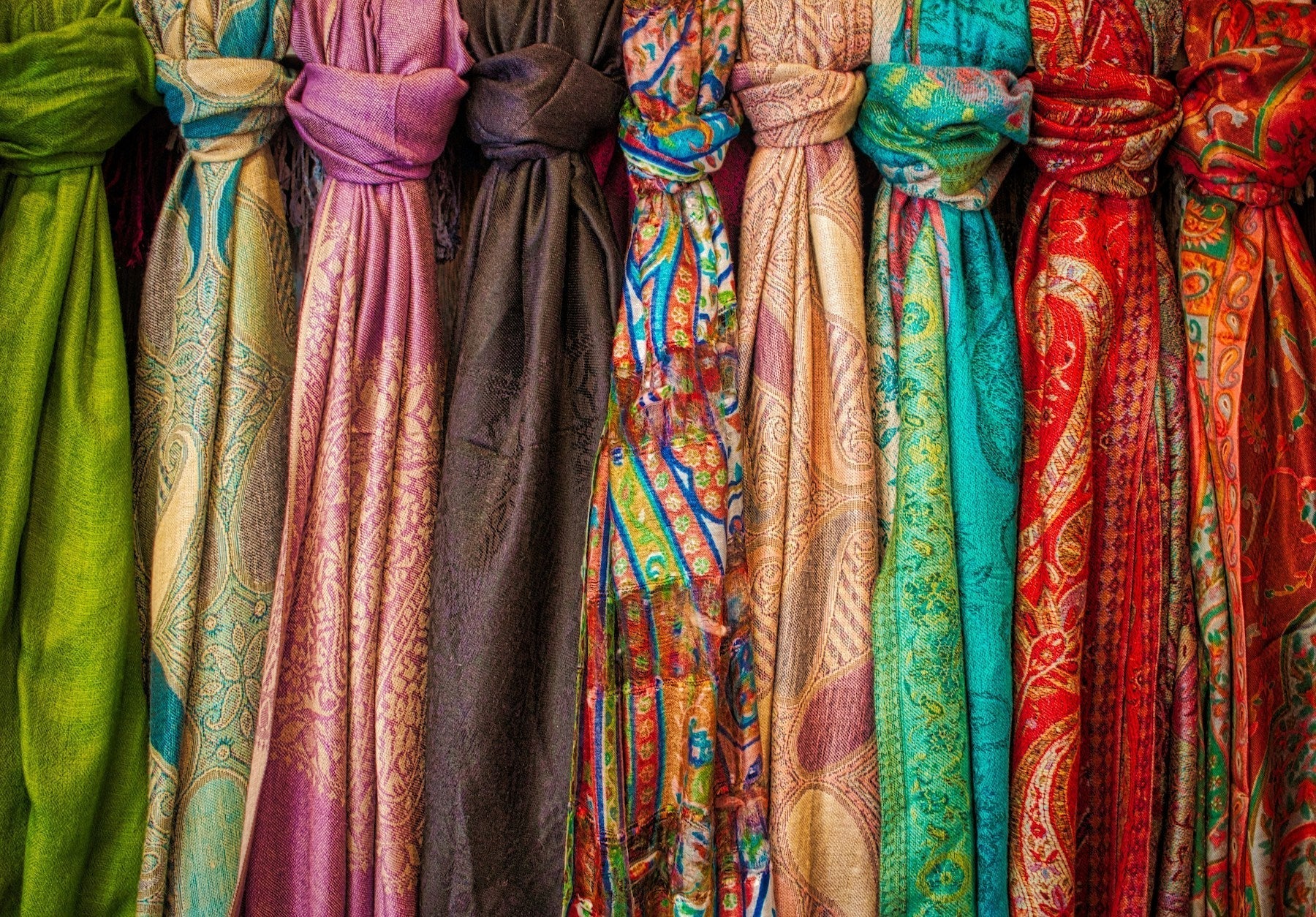The Origins of Silk in Ancient China
Silk production, or sericulture, began in China over 4,000 years ago. According to Chinese legend, Empress Leizu discovered silk around 2,700 BCE when a silkworm cocoon fell into her tea. As she unraveled the cocoon, she realized the fine threads could be woven into fabric. This discovery marked the beginning of a closely guarded secret that would shape global trade and culture.
For centuries, China maintained a monopoly on silk production, keeping the techniques of sericulture a closely guarded state secret. Silk quickly became a prized commodity within China, reserved for royalty and the wealthy.
Key Fact: Archaeological evidence suggests that silk was used not only for clothing but also for fishing lines, bowstrings, and even as a form of currency.
The Expansion of the Silk Trade
Around 300 BCE, silk began to spread beyond China’s borders through trade routes that would later become known as the Silk Road. This vast network of trade routes connected China to Europe, the Middle East, and Africa, facilitating the exchange of goods, ideas, and culture.
Silk became a highly sought-after luxury item in ancient Rome, where it was associated with wealth and high status. Roman emperors were known to wear silk garments, and demand for the fabric skyrocketed despite its high cost.
Fun Fact: The Roman Senate once banned men from wearing silk, considering it too decadent!
The Secret of Silk Spreads
China’s monopoly on silk production lasted until around 550 CE when, according to legend, two Byzantine monks smuggled silkworm eggs out of China hidden in bamboo canes. This act marked the beginning of silk production in the Byzantine Empire, eventually spreading to Persia, India, and later Europe.
By the Middle Ages, Italy had become a major center for silk production, with cities like Venice and Florence leading the way. Italian silk became renowned for its quality and artistry, setting the stage for Europe’s luxury silk industry.
Silk in the Modern Era
The Industrial Revolution in the 18th and 19th centuries transformed silk production, introducing mechanized weaving techniques. While mass production made silk more accessible, it remained a luxury fabric due to its labor-intensive cultivation process.
In the 20th century, silk faced competition from synthetic fabrics like nylon and polyester. However, silk’s natural elegance, breathability, and hypoallergenic properties ensured its continued popularity, especially in high-end fashion and luxury nightwear.
Did You Know? Despite technological advancements, producing one silk garment still requires thousands of silkworms and a meticulous process of harvesting and weaving.
Silk Today: A Symbol of Modern Luxury
Today, silk remains one of the most coveted fabrics in the world. Its association with luxury, combined with its timeless appeal, makes it a staple in high-end fashion and home decor. Truly’s silk nightwear embodies this enduring allure, offering pieces crafted from the finest silk to provide unmatched comfort and elegance.
Whether it’s a silk chemise for restful sleep or a silk robe for lounging in style, modern silk nightwear represents a blend of ancient tradition and contemporary sophistication.
The Benefits of Silk: Why It Endures
Silk isn’t just beautiful—it’s also incredibly functional. Here are a few reasons why silk has remained a favorite for millennia:
-
Temperature Regulation: Silk is naturally breathable and helps regulate body temperature, keeping you cool in summer and warm in winter.
-
Hypoallergenic Properties: Its smooth surface reduces friction against the skin, making it ideal for people with sensitive skin or allergies.
-
Moisture Retention: Unlike many synthetic fabrics, silk helps the skin retain moisture, promoting healthier skin and hair.
Caring for Your Silk Nightwear
To preserve the beauty and longevity of your silk nightwear, it’s essential to care for it properly:
-
Hand Wash or Use a Delicate Cycle: Use cold water and a gentle detergent designed for silk.
-
Avoid Direct Sunlight: Prolonged exposure to sunlight can weaken silk fibers.
-
Air Dry: Lay flat to dry or hang in a shaded area to prevent damage.
Final Thoughts
The history of silk is a story of elegance, innovation, and enduring luxury. From its origins in ancient China to its status as a modern fashion staple, silk has captivated cultures and generations. Truly’s silk nightwear honors this rich heritage by offering timeless pieces designed for the modern woman.
Ready to experience the luxury of silk for yourself? Explore Truly’s latest collection and bring a touch of history and sophistication into your life


